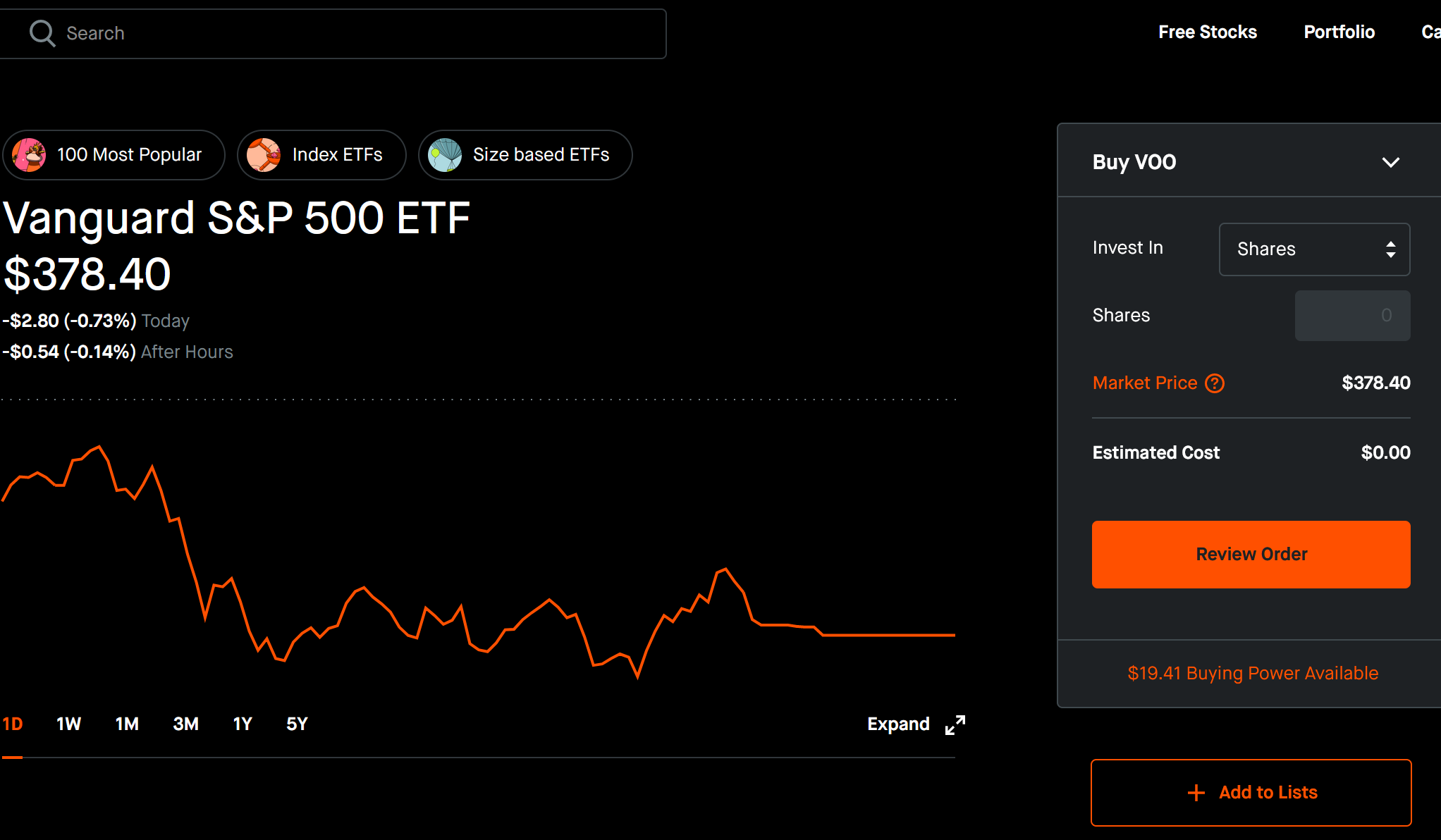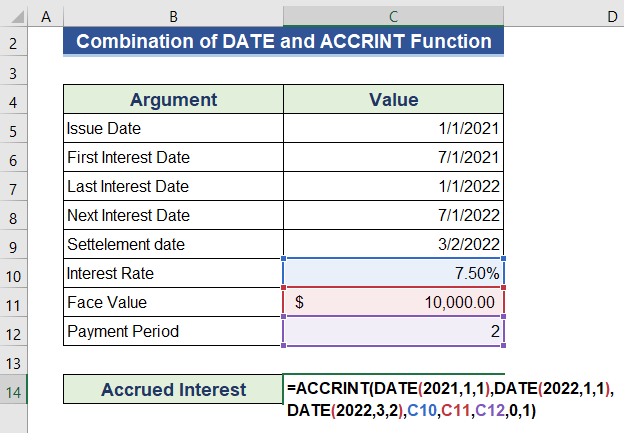
It can be difficult to set up a traditional DRIP plan. While some companies offer their own programs they require that you buy shares through a broker in order to pay a fee. You will then need to transfer your shares into your DRIP account. In some cases, you will also need to get a stock certificate.
Commission-free dividend reinvestment
Stock-trading sites often offer dividend reinvestment that is free of commission. This service allows investors the ability to reinvest dividends within the same stocks and ETFs, with no additional fees. However, the process can take some time. You may not be able to see your dividends immediately, and the process may take a few days.
Scottrade FRIP offers more flexibility than other dividend-reinvestment plans. It allows you to select which stocks and ETFs are best for you. Dividends from eligible investments will then be put into a account that does not bear interest. You can select up to five securities, and choose the percentage you wish to receive. If you change your mind, you can also change your selection.

Dividend reinvestment has tax implications
Dividend-reinvestment is a good way to save taxes and put your money in the right place. This can be achieved either by adding stock to your company's holdings or by using a broker who transfers stock. The agent buys additional stock for your company and reinvests any dividends. Dividend reinvestment can be tax-efficient if you plan your purchases carefully.
Dividends can be described as cash payments paid by corporations to shareholders. To attract investment, they are paid out by the corporation to its shareholders. These payments are subject to special tax rules, and their tax rate may be different from the normal income tax rate. Dividend reinvestment is taxable, unless the shares are held in a tax-advantaged account.
Easy to setup
DRIP investing requires little to no setup. Many brokers provide an online account creation process for this type investment. For more information, contact your broker before you start. Many require you to pay a set-up fee. The company may require you to pay a fee in order to register your shares for the DRIP.
When you invest in a DRIP, you can set up your account so that any dividend payments automatically reinvest in new shares of the same company. This type isn't as liquid as regular stock, so you will need to sell the shares through the company. It is a great way to increase your money steady.

Flexible options
You may be interested in drip investing options if you're looking for steady income. These plans allow you to invest in a company's stock while retaining a certain percentage of your capital. This option is available through a broker or third-party service provider. These plans will allow you to keep a part of your capital, and also automatically reinvest dividends. One thing to remember is that these plans do not allow you trade your stocks on stock markets. Their liquidity is therefore limited.
While DRIP is a better option than market timing, it is not always a perfect solution for stock selection. A stock such as Caterpillar has performed better than the S&P 500 over the past year. However, the rally is based upon the expectation of huge tax reform and $1 trillion in infrastructure spending. However, it has weak fundamentals. Its earnings are also affected by the global mining slump.
FAQ
How are share prices set?
Investors are seeking a return of their investment and set the share prices. They want to earn money for the company. They then buy shares at a specified price. Investors make more profit if the share price rises. If the share price goes down, the investor will lose money.
An investor's primary goal is to make money. This is why investors invest in businesses. It allows them to make a lot.
What is the difference in the stock and securities markets?
The securities market refers to the entire set of companies listed on an exchange for trading shares. This includes stocks and bonds, options and futures contracts as well as other financial instruments. There are two types of stock markets: primary and secondary. The NYSE (New York Stock Exchange), and NASDAQ (National Association of Securities Dealers Automated Quotations) are examples of large stock markets. Secondary stock markets allow investors to trade privately on smaller exchanges. These include OTC Bulletin Board Over-the-Counter, Pink Sheets, Nasdaq SmalCap Market.
Stock markets have a lot of importance because they offer a place for people to buy and trade shares of businesses. The value of shares is determined by their trading price. New shares are issued to the public when a company goes public. Investors who purchase these newly issued shares receive dividends. Dividends refer to payments made by corporations for shareholders.
Stock markets serve not only as a place for buyers or sellers but also as a tool for corporate governance. Shareholders elect boards of directors that oversee management. They ensure managers adhere to ethical business practices. In the event that a board fails to carry out this function, government may intervene and replace the board.
How can I invest in stock market?
Brokers allow you to buy or sell securities. A broker buys or sells securities for you. When you trade securities, you pay brokerage commissions.
Brokers often charge higher fees than banks. Banks will often offer higher rates, as they don’t make money selling securities.
To invest in stocks, an account must be opened at a bank/broker.
A broker will inform you of the cost to purchase or sell securities. He will calculate this fee based on the size of each transaction.
You should ask your broker about:
-
You must deposit a minimum amount to begin trading
-
whether there are additional charges if you close your position before expiration
-
what happens if you lose more than $5,000 in one day
-
How long can you hold positions while not paying taxes?
-
How much you can borrow against your portfolio
-
Whether you are able to transfer funds between accounts
-
how long it takes to settle transactions
-
the best way to buy or sell securities
-
How to Avoid Fraud
-
How to get help for those who need it
-
Can you stop trading at any point?
-
whether you have to report trades to the government
-
whether you need to file reports with the SEC
-
What records are required for transactions
-
How do you register with the SEC?
-
What is registration?
-
How does it affect you?
-
Who is required to be registered
-
When do I need to register?
How do people lose money on the stock market?
Stock market is not a place to make money buying high and selling low. It's a place you lose money by buying and selling high.
Stock market is a place for those who are willing and able to take risks. They may buy stocks at lower prices than they actually are and sell them at higher levels.
They are hoping to benefit from the market's downs and ups. But they need to be careful or they may lose all their investment.
What is a Reit?
An entity called a real estate investment trust (REIT), is one that holds income-producing properties like apartment buildings, shopping centers and office buildings. These are publicly traded companies that pay dividends instead of corporate taxes to shareholders.
They are similar to corporations, except that they don't own goods or property.
How are securities traded?
Stock market: Investors buy shares of companies to make money. To raise capital, companies issue shares and then sell them to investors. Investors then sell these shares back to the company when they decide to profit from owning the company's assets.
The supply and demand factors determine the stock market price. The price of stocks goes up if there are less buyers than sellers. Conversely, if there are more sellers than buyers, prices will fall.
There are two methods to trade stocks.
-
Directly from the company
-
Through a broker
How does inflation affect the stock market?
Inflation can affect the stock market because investors have to pay more dollars each year for goods or services. As prices rise, stocks fall. Stocks fall as a result.
Statistics
- Individuals with very limited financial experience are either terrified by horror stories of average investors losing 50% of their portfolio value or are beguiled by "hot tips" that bear the promise of huge rewards but seldom pay off. (investopedia.com)
- The S&P 500 has grown about 10.5% per year since its establishment in the 1920s. (investopedia.com)
- Ratchet down that 10% if you don't yet have a healthy emergency fund and 10% to 15% of your income funneled into a retirement savings account. (nerdwallet.com)
- Even if you find talent for trading stocks, allocating more than 10% of your portfolio to an individual stock can expose your savings to too much volatility. (nerdwallet.com)
External Links
How To
How to Invest Online in Stock Market
Investing in stocks is one way to make money in the stock market. There are many ways you can invest in stock markets, including mutual funds and exchange-traded fonds (ETFs), as well as hedge funds. Your risk tolerance, financial goals and knowledge of the markets will determine which investment strategy is best.
You must first understand the workings of the stock market to be successful. Understanding the market and its potential rewards is essential. Once you know what you want out of your investment portfolio, then you can start looking at which type of investment would work best for you.
There are three main types of investments: equity and fixed income. Equity refers to ownership shares in companies. Fixed income is debt instruments like bonds or treasury bills. Alternatives include commodities like currencies, real-estate, private equity, venture capital, and commodities. Each category has its own pros and cons, so it's up to you to decide which one is right for you.
Two broad strategies are available once you've decided on the type of investment that you want. One strategy is "buy & hold". You purchase some of the security, but you don’t sell it until you die. Diversification, on the other hand, involves diversifying your portfolio by buying securities of different classes. If you buy 10% each of Apple, Microsoft and General Motors, then you can diversify into three different industries. Multiplying your investments will give you more exposure to many sectors of the economy. This helps you to avoid losses in one industry because you still have something in another.
Another important aspect of investing is risk management. Risk management can help you control volatility in your portfolio. A low-risk fund could be a good option if you are willing to accept a 1% chance. However, if a 5% risk is acceptable, you might choose a higher-risk option.
Knowing how to manage your finances is the final step in becoming an investor. Managing your money means having a plan for where you want to go financially in the future. A plan should address your short-term and medium-term goals. It also needs to include retirement planning. This plan should be adhered to! Keep your eyes on the big picture and don't let the market fluctuations keep you from sticking to it. You will watch your wealth grow if your plan is followed.